The Pakistani flag captures the essence and ambitions of Pakistan, bearing witness to the nation’s rich cultural landscape and its journey through political changes.
The flag’s straightforward design belies its deep-rooted significance, reflecting the core values and guiding principles crucial in shaping Pakistan’s historical narrative and its aspirations for the future.
Flag of Pakistan
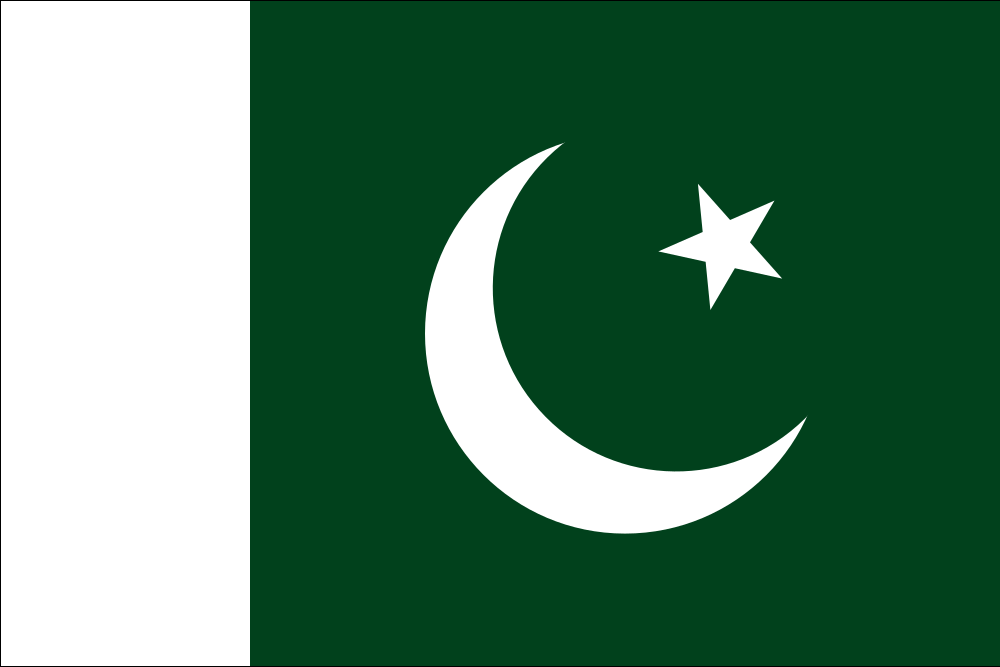
The flag of Pakistan boasts an elegant yet straightforward design, distinguished by a dark green field complemented by a white vertical bar at the hoist side. A white crescent moon and a five-pointed star dominate the green field, iconic symbols in Islamic culture.
These elements create a distinctive national symbol reflecting Pakistan’s Islamic heritage and ideals of progress and enlightenment. Adopted soon after Pakistan’s independence in 1947, the flag is a poignant representation of the nation’s unity and foundational principles.
Flag of Pakistan: Color Palette
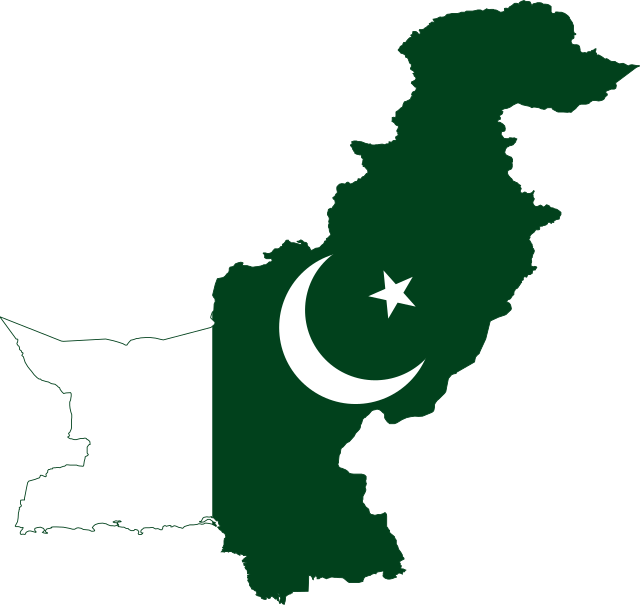
Pakistan Flag Emoji: 🇵🇰
The color palette of the Pakistani flag is both symbolic and visually compelling, featuring a specific selection of hues that carry deep-rooted meanings. These colors not only represent the nation but also play a crucial role in conveying the underlying messages and values represented by the flag.
Meaning of Each Color
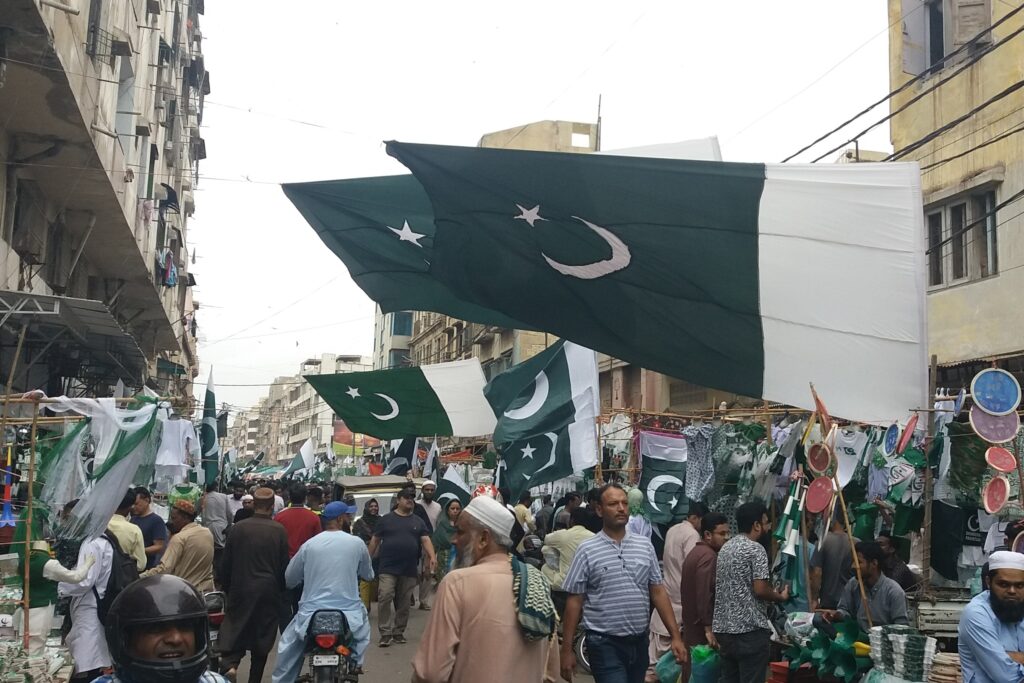
Green
Green in the flag of Pakistan is a powerful symbol that symbolizes its Islamic roots and values. Historically, green has been revered in Islamic culture, often associated with paradise in the Quran. It is a color deeply embedded in the Islamic world, representing life, renewal, and nature.
White Stripe
The white stripe in the flag holds its unique significance. Universally, white is seen as a color of peace, purity, and harmony. In the context of Pakistan’s flag, the white stripe represents the country’s religious minorities.
This inclusion is a powerful statement of Pakistan’s commitment to religious diversity and equality, highlighting the nation’s respect and acceptance of various religious communities within its borders.
Crescent Moon and Star
The white crescent moon and star in the flag are traditional symbols in Islamic culture. The crescent moon represents progress and the star, light, and knowledge.
Their white color contrasts with the green, emphasizing the ideas of peace and enlightenment within the Islamic context while representing the scientific and intellectual progress that aligns with the nation’s aspirations.
Coat of Arms of Pakistan
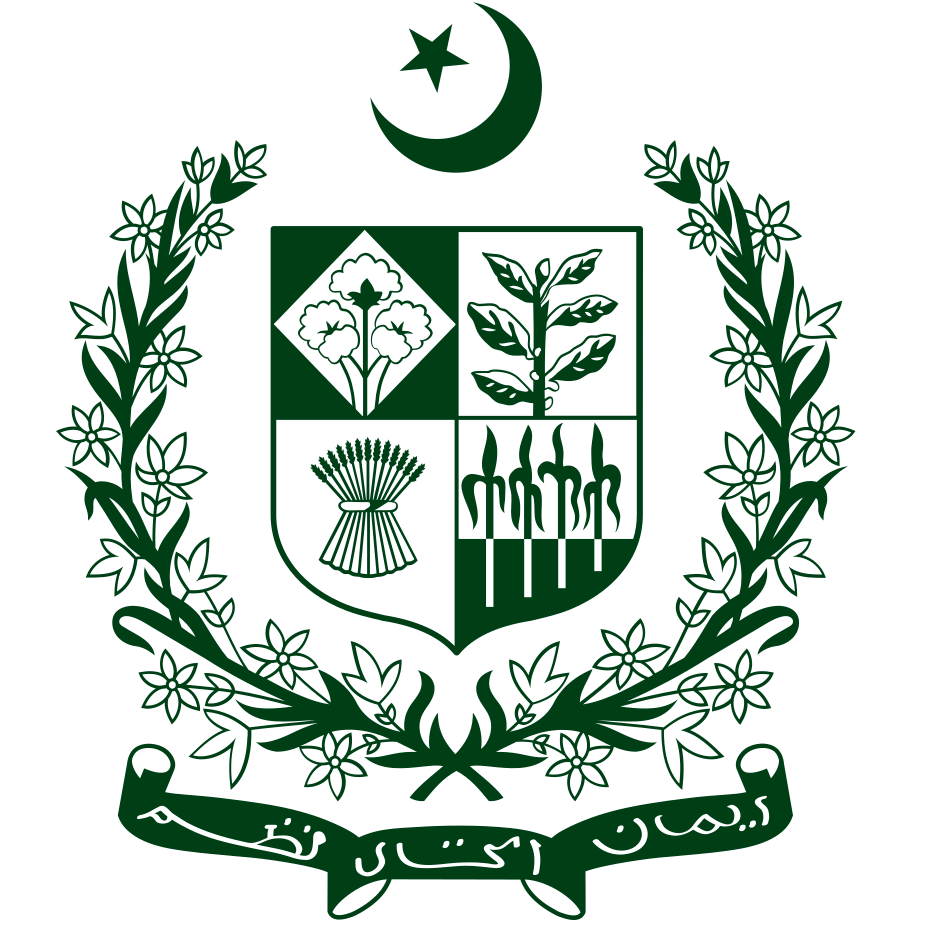
The national emblem of Pakistan encapsulates various elements significant to the nation’s cultural and historical context. The emblem comprises:
- Crescent and Star: Positioned above the shield, they are traditional symbols of Islam, representing Pakistan’s Islamic heritage and identity.
- Quartered Shield: The shield is divided into four sections, each depicting cotton, wheat, tea, and jute. These crops symbolize the agricultural base of Pakistan’s economy at the time of independence.
- Floral Wreath: Surrounding the shield, this wreath is inspired by traditional Mughal art and emphasizes Pakistan’s rich cultural and artistic history.
- Scroll with Motto: Below the shield is a scroll featuring Muhammad Ali Jinnah’s motto “Iman, Ittihad, Nazm” (Faith, Unity, Discipline) in Urdu, embodying the guiding principles of the nation.
Each component of the coat of arms contributes to a narrative that weaves together Pakistan’s religious, economic, and cultural dimensions, forming a cohesive symbol of the country’s national identity and its journey through history.
Historical Evolution and the Meaning Behind Changes
The flag of Pakistan has maintained its original design and symbolism since its inception, reflecting a continuity in the nation’s values and identity.
Officially adopted in 1947, its design was influenced by the flag of the All-India Muslim League, signifying the political and ideological roots of Pakistan’s creation.
Since then, Pakistan’s flag has seen no major design, color, or symbolism alterations. This consistency underscores a steadfast adherence to the foundational principles set out at the nation’s birth.
The enduring nature of the flag mirrors Pakistan’s commitment to its founding ideals, including its Islamic identity and inclusivity of all religious communities. The flag’s unchanging design serves as a symbol of Pakistan’s unity and stability through the decades.
Overall Symbolic Meaning of the Flag
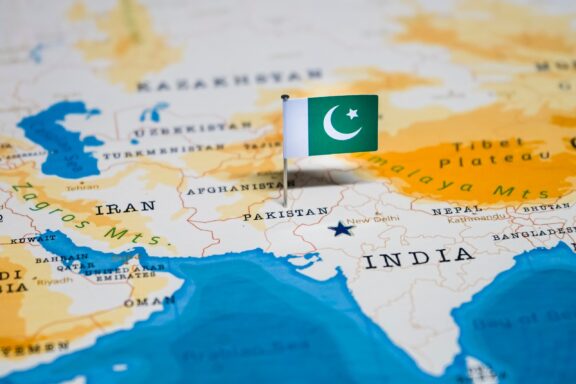
The flag of Pakistan stands as a visual embodiment of the nation’s ethos and commitment to harmony and progress. Its design merges historical roots with a vision for the future, presenting a narrative that resonates deeply with the Pakistani people and has remained unchanged since its adoption, speaking to the timelessness of its message.
Similar Flags to the Flag of Pakistan
Flags from various countries share visual elements with Pakistan’s flag, reflecting common themes in Islamic and cultural symbolism.
Turkey
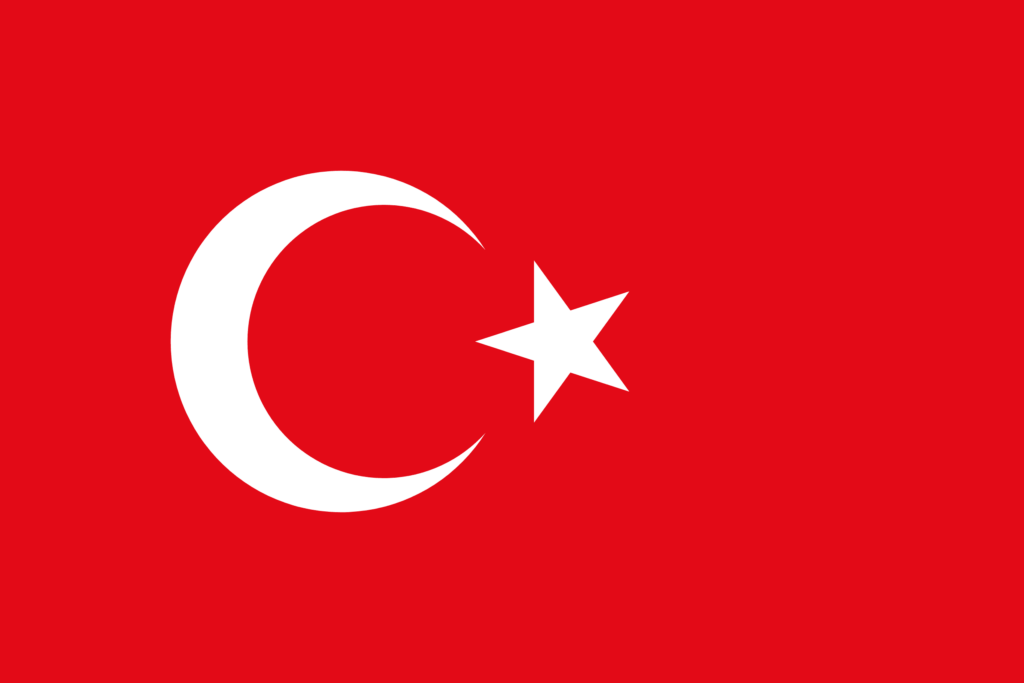
The Turkish flag’s crescent and star are set against a red background, differentiating it from Pakistan’s green but sharing the Islamic symbolism. This common imagery reflects the historical influence of the Ottoman Empire in the Islamic world, a cultural and religious connection evident in both flags.
Algeria
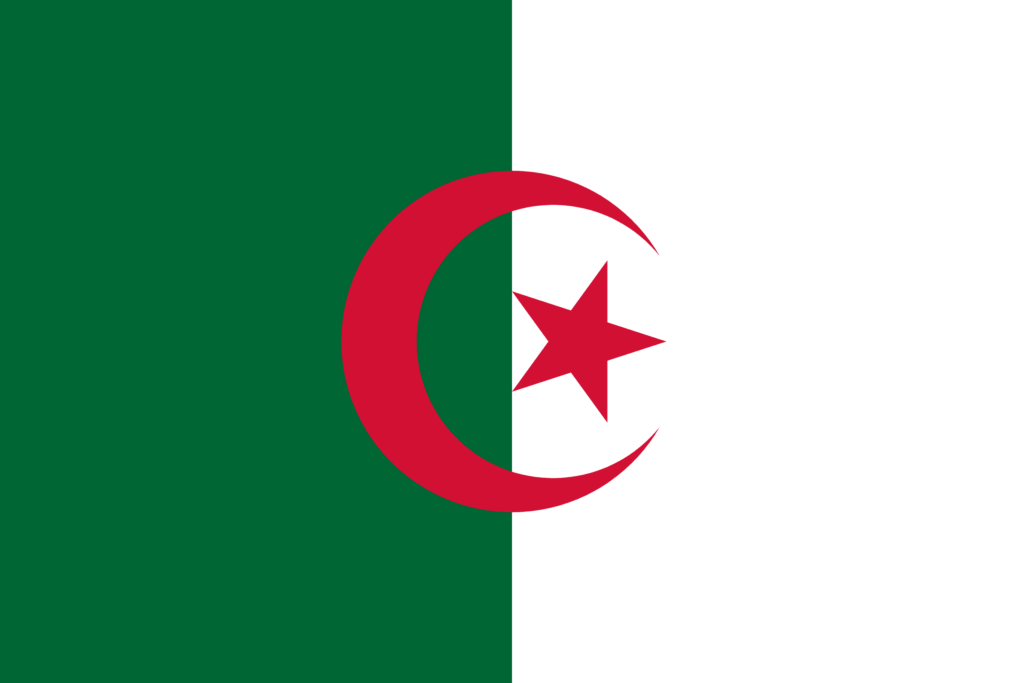
Algeria’s flag, with its green and white colors, mirrors Pakistan’s Islamic symbolism while adding a unique national character through its color scheme. The shared use of the crescent and star illustrates the widespread influence of these symbols in representing Islamic identity and heritage.
Mauritania
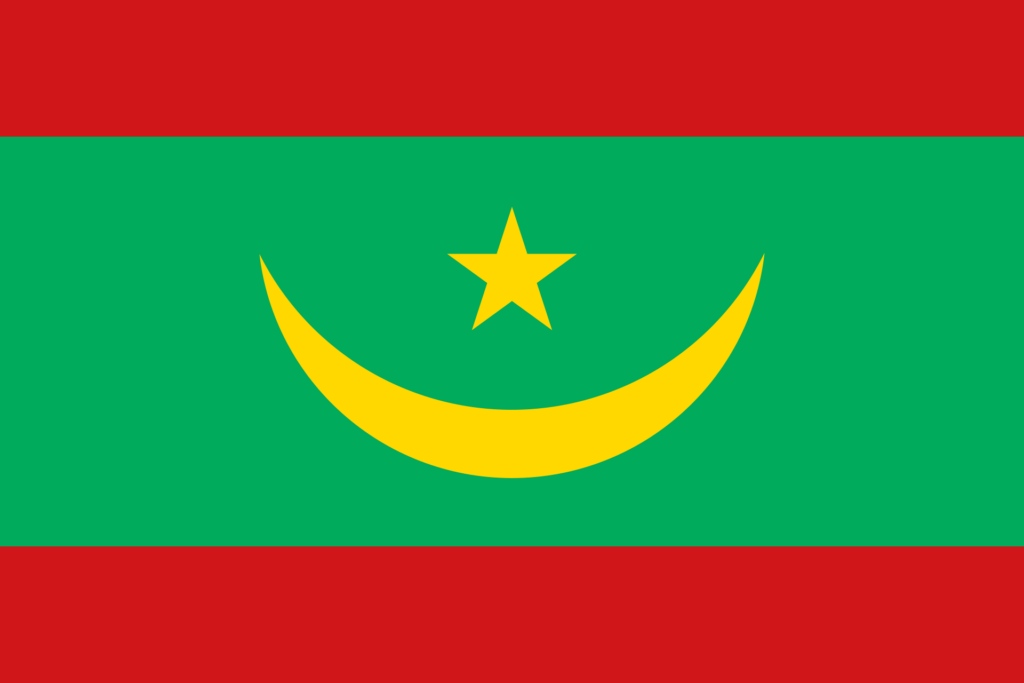
Mauritania’s flag, adopting a similar green color to Pakistan’s, stands out with its gold crescent and star. This variation showcases the adaptability of Islamic symbols to different cultural contexts while maintaining a recognizable link to the Islamic tradition shared with Pakistan’s flag.
Final Thoughts
The flag of Pakistan, with its distinctive colors and symbols, stands as a unique emblem in the global tapestry of flags, embodying the nation’s identity and principles. For Pakistanis, it’s more than just a flag; it symbolizes unity, pride, and a shared vision for the future.